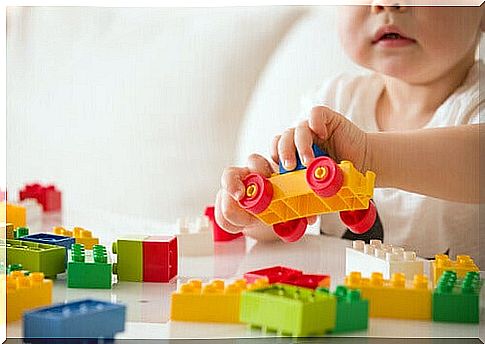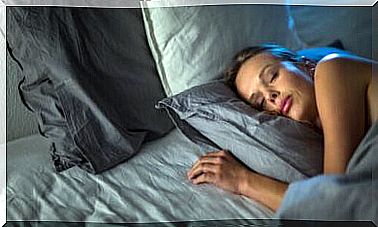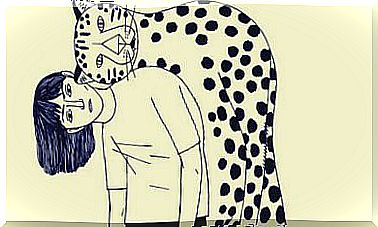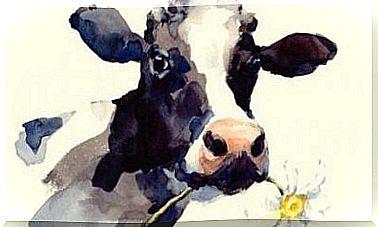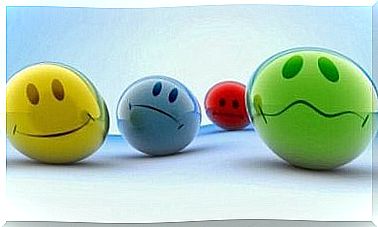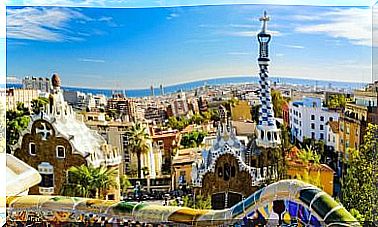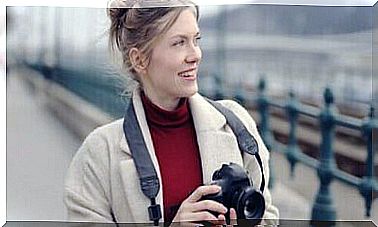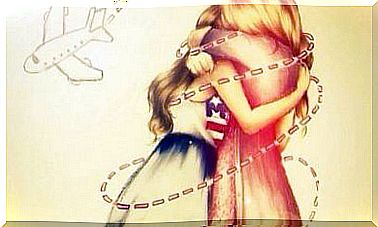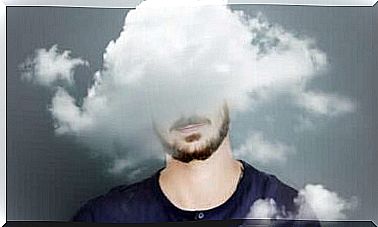Children’s Drawing And Its Stages
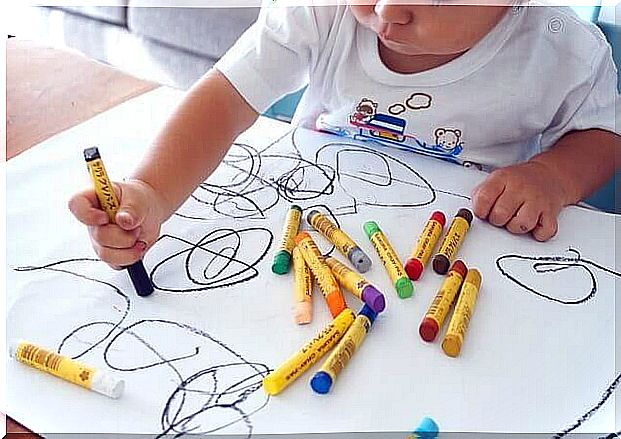
Children’s drawing, in addition to being a recreational activity, is one of the ways that children have to reproduce reality on a sheet or any other medium, whether it is the one coming out of their imagination or the particular vision that they have. they have the world around them: their personal constructions of the world.
The relationship between the mental images of the child and his drawings is very close. While mental images are internalized imitations, drawing is externalized imitations. So, in many cases, studying the qualitative development of infantile drawing allows us to understand, to some extent, the symbolic capacity of the child.
Stages of infantile drawing
In this article, we are going to talk about Luquet’s different studies on the stages of infantile drawing. In the latter, he began by establishing that the main characteristic of infantile drawing is that it is realistic, since children concentrate more on drawing the characteristics of reality than the aspects relating to artistic beauty. The stages in the evolution of infantile drawing are: (a) fortuitous realism, (b) frustrated realism, (c) intellectual realism and (d) visual realism.
Fortuitous realism
The drawing begins by being an extension of the motor activity which is reproduced on a support. The child’s first productions are therefore going to be what we know as scribbles. These are therefore the traces left by the child after his first research on movements. This is the basis for the following steps.
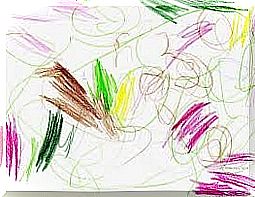
Children quickly begin to find similarities between their drawings and reality or even try to reproduce it, even if they do not have the skills to do so. If we ask them what they are drawing, they may first answer “nothing” but as soon as they find some analogy between their drawing and reality, they will consider it as a representation of the latter.
This step is called fortuitous realism because the representation of reality arises after or during the making of the drawing. There is no intentional desire to draw a concrete aspect of reality. The resemblance is accidental or due to chance, but the child accepts it enthusiastically and sometimes even tries to improve it once he sees the analogy.
Frustrated realism
The child tries to draw something precise but his intention is frustrated because of certain obstacles and he does not achieve the desired result. The main obstacle is motor control: the child has not yet developed sufficient precision for the requirements of his drawings. Another problem is the discontinuous and limited nature of infantile attention: since he does not pay enough attention to his surroundings, he forgets certain details that must go into the drawing.
According to Luquet, the most important aspect of this stage is “synthetic incapacity”. This is the child’s difficulty in organizing, arranging and orienting the different elements of the drawing. When drawing, the relationship between the elements is very important because their organization is what configures the drawing. However, the issues have issues with this during this step. For example, when drawing a face, the mouth may end up above the eyes.
Intellectual realism
Once the obstacles of the previous stage and the synthetic incapacity have been overcome, nothing prevents the infantile drawing from being completely realistic. However, there is a very curious aspect: infantile realism has nothing to do with adult realism. The child does not reproduce reality as he sees it: he reproduces it the way he knows it is. We are faced with intellectual realism.
This is probably the stage that best represents the infantile drawing and the most interesting to study. Throughout this step, we will see two essential characteristics presented by the child’s drawings: “transparency” and “drawdown”.
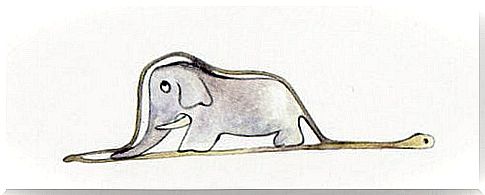
When we talk about “transparency” we are referring to the child when he draws those things which are hidden, making transparent what eclipses them. For example, draw a chick in an egg or feet in shoes. The other process, the “drawdown”, consists of the projection of the object on the ground, ignoring the perspective; an example is to draw the facade of a house vertically and the interior of the rooms seen from above.
These two characteristics show us how unimportant visual factors are when expressing reality in drawing. On the other hand, the child concentrates on his mental representation and tries to reproduce what he knows in drawing. This is why “errors” appear, such as the transparency of opaque things or the lack of importance given to perspective.
Visual realism
From the age of eight or nine, we see a drawing appear that resembles that of an adult, where the child draws reality as he sees it. To do this, the child adheres to two rules: perspective and respect for the visual model. The characteristics of intellectual realism disappear completely, eliminating non-visible objects, adopting a unique perspective and maintaining the proportion of dimensions. In other words, the child adopts visual realism.
As a result of this process, infantile drawings lose their own defining characteristic. What is more, many children begin to lose interest in drawings because they feel that their skill does not allow them to make drawings that come close to reality.
To conclude, it is worth mentioning that despite the establishment of a multi-stage design development, one should be careful. This development is not as linear as we can imagine and therefore we may face some progress or delay in the different phases. Thus, faced with a more difficult task, the child may adopt the strategy of an earlier stage.
